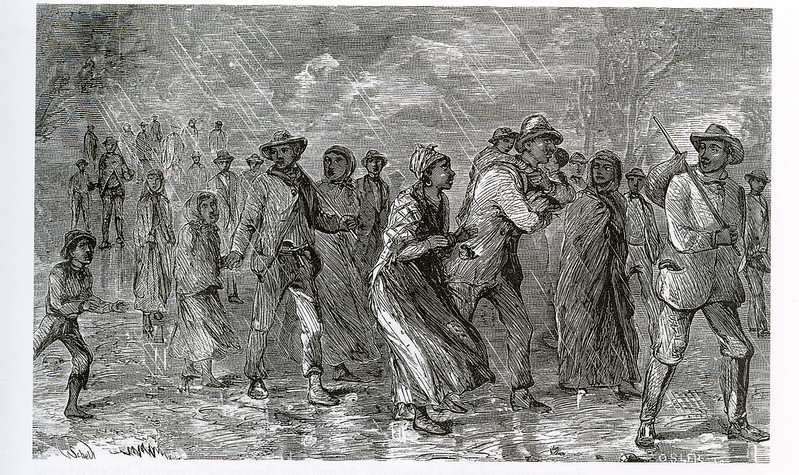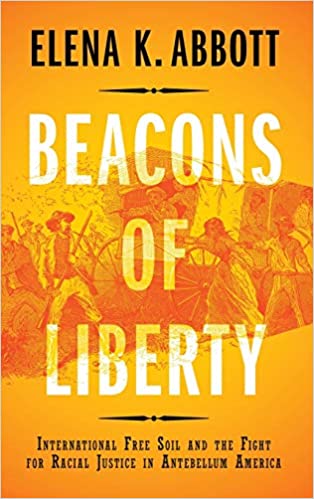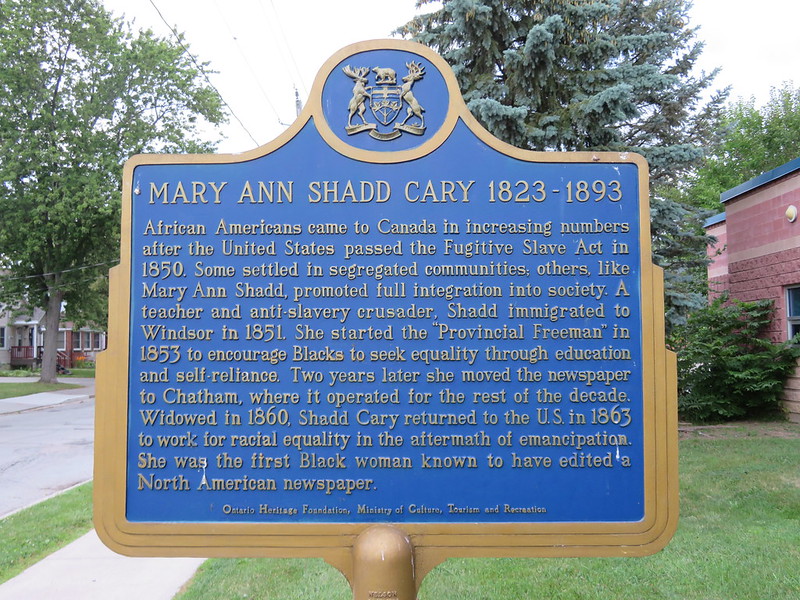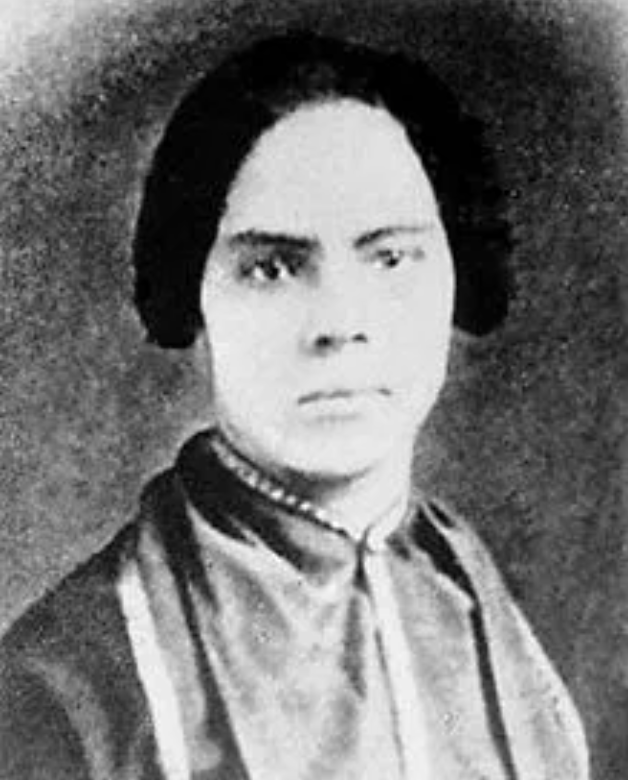Free-soil havens abroad formed the international stage upon which the fight to end American slavery took place.

The following is an excerpt from the introduction of Beacons of Liberty: International Free Soil and the Fight for Racial Justice in Antebellum America by Elena K. Abbott, out June 30.
Before the Civil War, free African Americans and fugitive slaves crossed international borders to places like Canada, Mexico and the Caribbean in search of freedom and equality. Beacons of Liberty tells the story of how these bold migrants catalyzed contentious debates over citizenship, racial justice and national character in the United States.

In 1851, a free-born African American woman in her late 20s named Mary Ann Shadd left her family home in Pennsylvania and resettled in Canada West (modern-day Ontario) after the enactment of the infamous 1850 Fugitive Slave Act. She was horrified by what the new law meant for the safety of free African Americans and for the future of slavery in the United States.
The Fugitive Slave Act deputized all U.S. citizens to assist slave-catchers on the hunt for self-emancipated men and women, and it denied African Americans accused of being slaves the ability to contest their legal status in court. An expansion of the federal government’s commitment to protecting Southern enslavers’ human “property,” the Fugitive Slave Act put self-emancipated people in more danger than ever, and it escalated the threat that free Black Northerners might be kidnapped and sold illegally into Southern bondage.
Like thousands of other Black Northerners, Shadd decided to leave for Canada, where she knew that she would be safe from the predations of American enslavers and that British laws would not discriminate based on the color of her skin.
Once across the U.S.-Canada border, Shadd proudly claimed an identity as a British subject and encouraged others to do the same. Yet from her new home, she still continued her tireless work as an activist against slavery in the United States. Like many middle-class free Northerners, she espoused the idea of “racial uplift”—the belief that African Americans’ material and moral progress would diminish white racism and raise the social and political standing of African Americans in the United States. She believed, therefore, that African Americans needed opportunities to demonstrate their capacity to be free and equal members of society—and that they could only do so as British subjects.
In Canada, Shadd became a prominent newspaper editor (the first African American woman to do so) and used her fiery editorials to advocate for the abolition of American slavery and for the political advantages of Black emigration away from the United States. She frequently compared her new home to other places where slavery had been outlawed in order to assess where African Americans could live most comfortably and fight American slavery most effectively.

Weighing Canada against the British West Indies, Liberia, Haiti, Mexico and South America, Shadd encouraged African Americans to join her in Canada because it guaranteed them “impartial freedom”—meaning that they would be equal in the eyes of the law and accorded all the rights of British subjects. She believed this distinction made the British province “the only ground on which [African Americans] can make despots feel the force of their words and actions” and a place from which activists could exert a “reflex influence” upon slavery in the United States.
In other words, Shadd saw Upper Canada as far more than just an escape hatch from the United States in the wake of the Fugitive Slave Act—she saw it as a model for what it looked like when a powerful government was willing to guarantee the legal equality of all residents, and as a secure base camp from which Black men and women could pursue socio-political change in the United States.

Mary Ann Shadd’s anti-slavery emigrationism illustrates the significance of international “free soil” within the American anti-slavery movement of the 19th century. Beginning in the late 18th century, diverse anti-slavery efforts transformed Haiti, Sierra Leone, Liberia, Canada, Mexico, some newly independent South American nations, Great Britain and the British West Indies into places where anti-slave trade legislation and emancipation laws either immediately or gradually freed enslaved populations. These locations became “international free-soil havens”—places with the potential to free and protect self-emancipated men and women and offer equal standing for free African American emigrants.
Weaving together themes of Black mobility, information circulation, jurisdictional dispute and transnational abolitionism, Beacons of Liberty investigates the individual and collective influence these international free-soil havens had on the American anti-slavery movement over the 50-year period between 1813 and 1863. Their influence was profound, variable and complex. Over time, international free-soil havens developed into practical models of Black freedom, offered concrete destinations where free and self-emancipated people could anticipate legal protection and equal standing, and became potent symbols of liberty in the fight against American slavery.
Not only did they provide enslaved men and women, free people of color, and Black and white anti-slavery advocates alternative possibilities to slavery and racism in the United States—they helped Americans develop and articulate ideas about national character, who belonged, and under what conditions. Free-soil havens abroad formed the international stage upon which the fight to end American slavery took place.
Up next:





